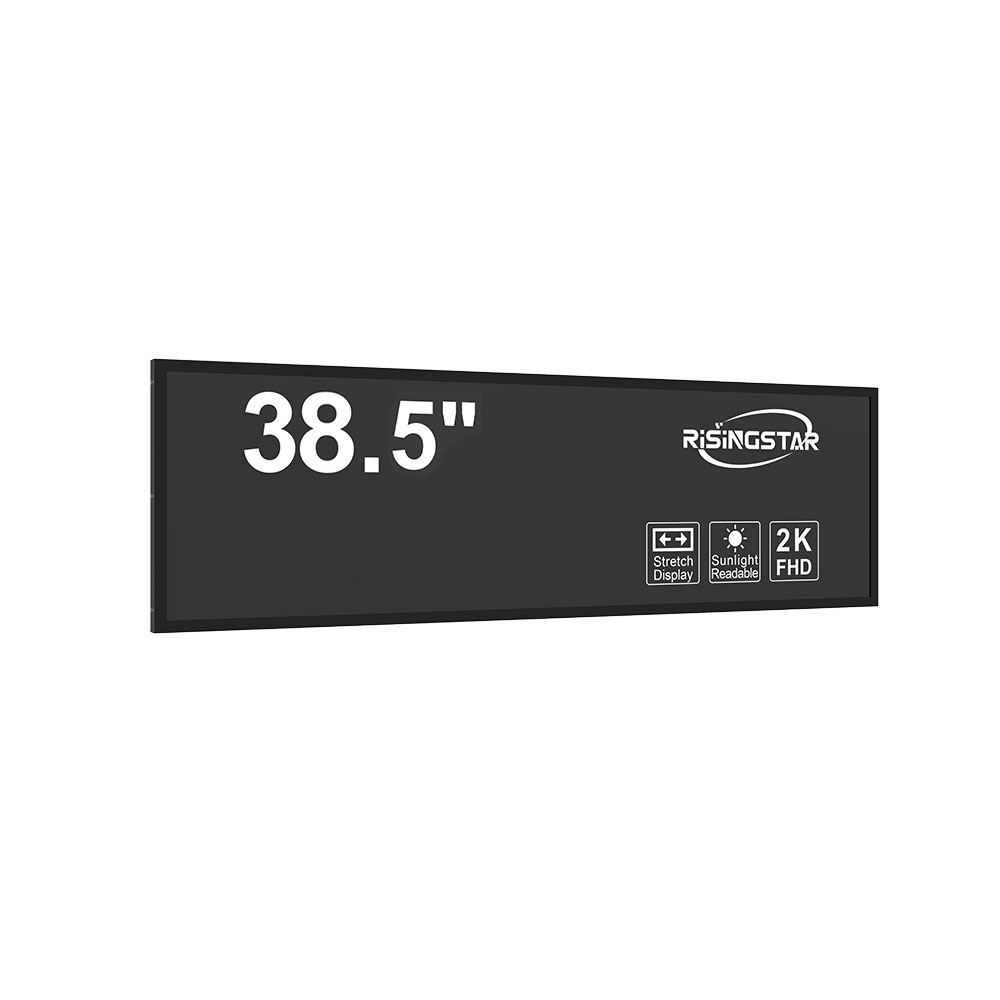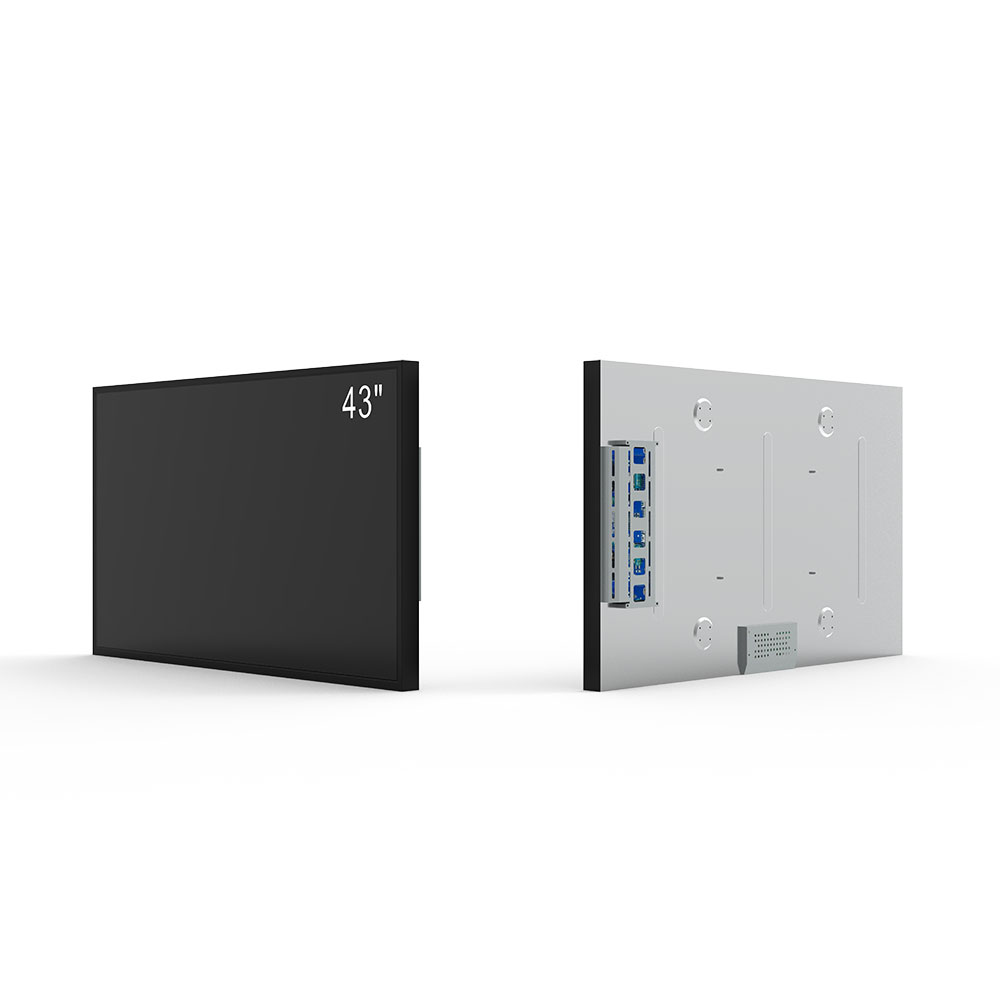- Home
- About Us
- Products
- News
- Video
- Contact
- Send Inquiry
Search
- Home
- About Us
- Products
- News
- Video
- Contact
- Send Inquiry

A daylight LCD monitor is a specialized type of liquid crystal display (LCD) engineered to maintain optimal visibility under direct sunlight, making it indispensable in outdoor, industrial, and military applications. Unlike standard indoor displays, which suffer from washed-out images and poor contrast when exposed to bright ambient light, daylight-readable LCDs employ advanced optical and electronic enhancements to ensure clarity, color accuracy, and readability even in extreme lighting conditions. These monitors are critical in sectors such as transportation, agriculture, defense, construction, and public infrastructure, where users must interact with real-time data in environments with variable or intense solar exposure.
The core technological advancements that enable daylight readability include high-brightness backlighting, typically exceeding 3,000 nits (a unit of luminance), compared to the 250–500 nits found in conventional displays. This is achieved using LED-based backlights with optimized diffusion layers and polarizers that maximize light output while minimizing power consumption. Additionally, anti-glare coatings, matte-finish glass, and reflective polarizer films reduce surface reflections and improve contrast ratios—key metrics for visual performance under direct sunlight. For example, military-grade displays often use dual-layer polarizers and micro-lens arrays to enhance brightness uniformity across the entire screen surface.

Another crucial feature is the implementation of automatic ambient light sensors (ALS), which dynamically adjust screen brightness based on surrounding light levels. This not only preserves visibility but also extends battery life in portable devices—a key consideration for field operations. In addition, some models integrate adaptive contrast enhancement algorithms that boost color saturation and edge sharpness in bright conditions without distorting image quality. Industry standards such as MIL-STD-810G (for ruggedization) and ISO 9241-307 (for human factors in display usability) guide design practices to ensure durability, ergonomics, and long-term reliability.
Real-world case studies highlight the effectiveness of daylight LCD monitors. For instance, in smart city deployments like traffic control systems, these displays provide clear information to drivers even during midday sun. Similarly, agricultural drones equipped with daylight-readable screens allow operators to monitor crop health via real-time thermal imaging in open fields. In maritime applications, such as shipboard navigation consoles, these monitors ensure safe operation in both sunny and overcast conditions. According to a 2023 report by MarketsandMarkets, the global daylight-readable display market is projected to grow at a CAGR of 7.2% through 2028, driven by increasing demand for ruggedized electronics in IoT-enabled outdoor environments.
To further optimize performance, manufacturers now incorporate wide viewing angles (up to 178°), low-power consumption technologies (such as OLED-backlit LCD hybrids), and IP65-rated enclosures for dust and water resistance. These features collectively address the unique challenges posed by outdoor use—ranging from temperature extremes (-30°C to +70°C) to mechanical vibrations and electromagnetic interference. With the rise of edge computing and 5G connectivity, the integration of daylight LCD monitors into autonomous vehicles, mobile command centers, and remote monitoring systems is becoming more prevalent, underscoring their role as essential tools in modern digital infrastructure.
